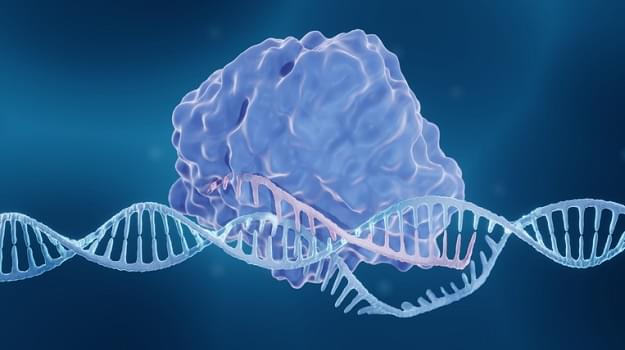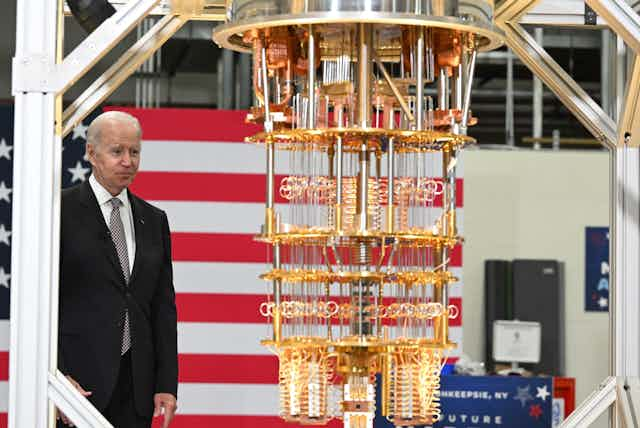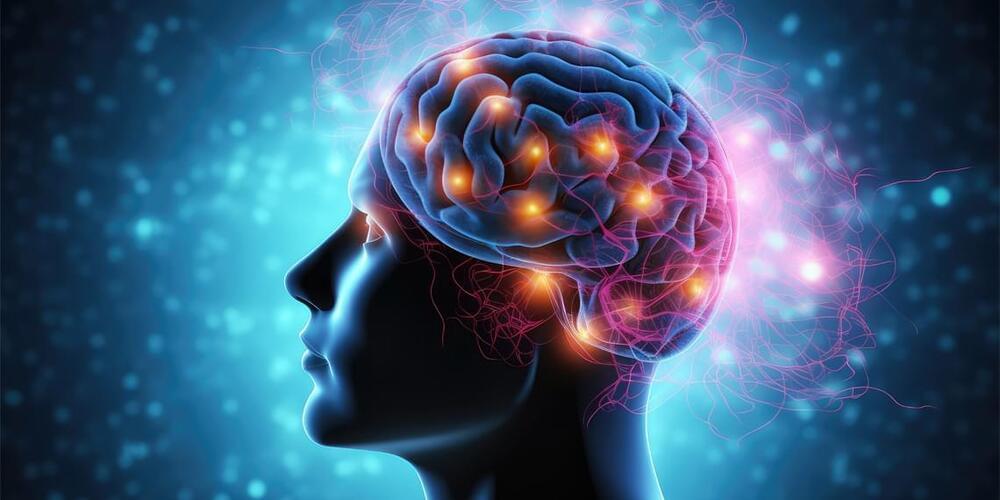
When speaking to one another, much of the communication occurs nonverbally – through body posture, hand gestures, and the eyes. Our eye gaze during conversations therefore reveals a wealth of information about our attention, intention, or psychological states. But, there remains little scientific knowledge about the information that human eyes convey in interactions – is looking at others’ faces enough, or does our communication require eye-to-eye contact?
Researchers from McGill University and Université du Québec à Montréal (UQAM) have studied the prevalence of eye contact by recording the eye gazing behavior in face-to-face dyadic interactions and found that although eye-to-eye contact occurred rarely, it communicated important messages which are vital for subsequent successful social behavior.
The study participants, who did not know each other beforehand, were paired and presented with an imaginary survival scenario which required the pairs to rank a list of items in order of their usefulness for survival, all while wearing mobile eye-tracking glasses. The researchers analyzed how often the participants looked at each other’s eye and mouth regions. The researchers also tested each participant individually for gaze following and linked the prevalence of different types of mutual looks during the interaction (i.e., eye-to-eye vs. eye-to-mouth) with the tendency to follow their partner’s gaze.


















